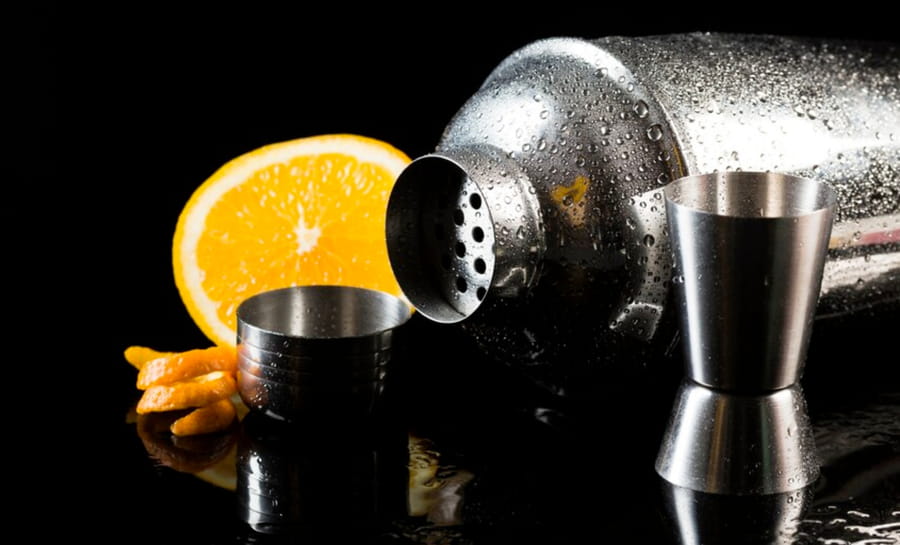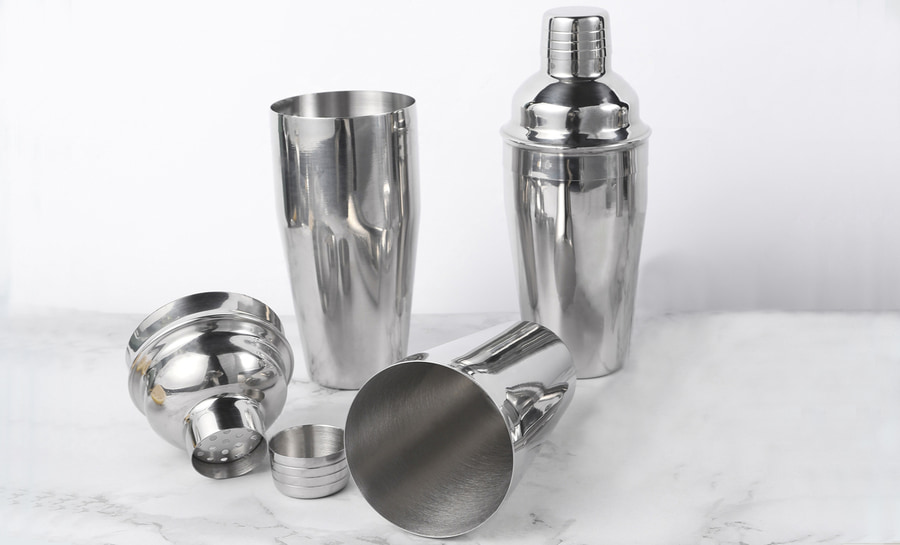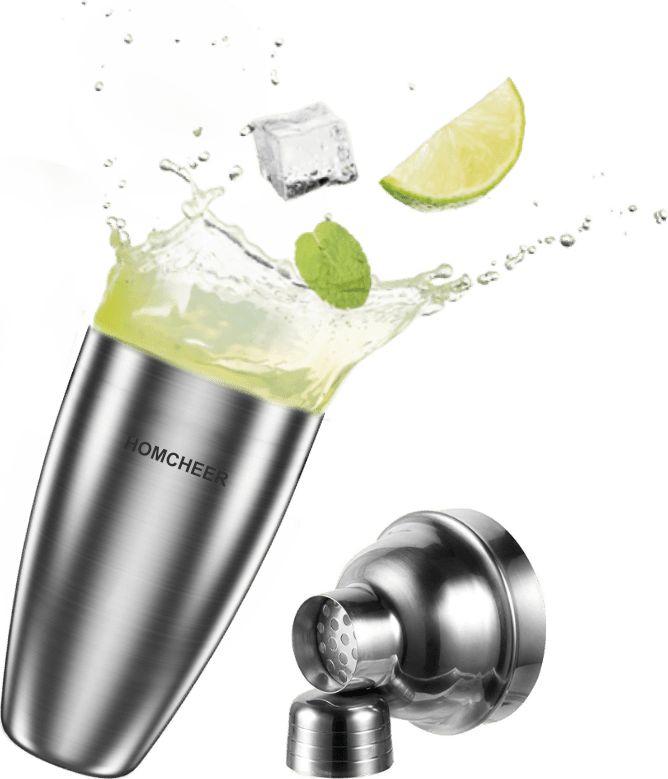About Stainless Steel
Stainless steel, also known as inox, corrosion-resistant steel (CRES), and rustless steel, is an alloy of iron that is resistant to rusting and corrosion(From Wikipedia). Common stainless steel grades are usually represented by numerical symbols, including the 200 series, 300 series, and 400 series. They are the representation methods of the United States, such as 201, 202, 302, 303, 304, 316, 410, 420, 430, etc. The American Iron and Steel Institute uses three-digit numbers to mark various standard grades of malleable stainless steel.

As we know, stainless steel cocktail shakers are the most popular choice among bartenders. They are durable, easy to clean, and resistant to rust and corrosion. Stainless steel shakers also retain cold temperatures well, making them ideal for shaking cocktails with ice. The most frequently used materials are 304 and 201 stainless steel, so what are the differences between them?
304 stainless steel

The most common stainless steel grade used in cocktail shakers is 304 stainless steel, also known as 18/8 and 18/10 for its composition of 18% chromium and 8% or 10% nickel, respectively(CRYSTALIA: 18/10, 18/8, and 18/0 Stainless Steel: What Are the Differences). Which gives it excellent corrosion resistance and durability. 304 stainless steel is also known for its shiny finish and is often used in high-quality, premium cocktail shakers.
201 stainless steel

Another popular stainless steel grade used in cocktail shakers is 201 stainless steel. 201 stainless steel is a less expensive alternative to 304 stainless steel, with a lower nickel content and slightly less corrosion resistance. While 201 stainless steel is still suitable for many applications, it is not as resistant to corrosion as 304 stainless steel. However, 201 stainless steel is often used in applications where cost is a primary consideration.
Key Differences Between 304 and 201 Stainless Steel
| 304 stainless steel | 201 stainless steel | |
| Stretchable | Yes | Yes |
| Ni content(%) | 8~10 | 3.5~5.5 |
| Cr content(%) | 18~20 | 12~18 |
| Food grade | Yes | No |
| Anti-rust property | High | Low |
| Toughness | High | Low |
| Magnetic | No | Yes |
| Price | High | Low |
How to distinguish between 304 and 210 stainless steel
The most common and simple way to distinguish between SS304 and SS201 is to use green chemical reagents. As this picture shows, the reagent will stay green if the item is made of 304 stainless steel, when it turns red, the material is 201 stainless steel.

In conclusion, the choice between 304 and 201 stainless steel will depend on the specific requirements of your project, including factors such as corrosion resistance, strength, and budget. While 304 stainless steel offers superior corrosion resistance and strength, 201 stainless steel is a more affordable alternative that may be suitable for less demanding applications. By understanding the differences between these two types of stainless steel, you can make an informed decision when selecting materials for your project.

